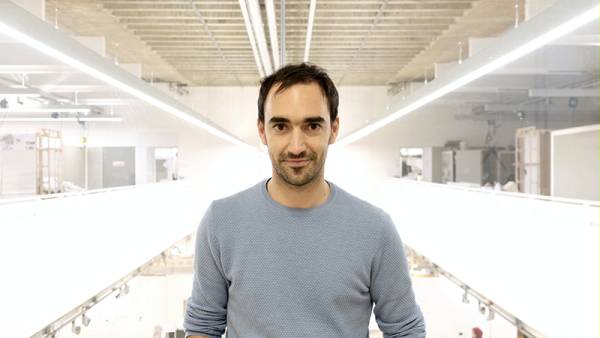Dr Juan Vallejo


Juan Vallejo is an architect graduated from the School of Architecture of the University of Granada in 2010. He completed his postgraduate studies in Sustainable Environmental Design in the AA School of Architecture in 2013 and was awarded PhD at the Faculty of Engineering at the University of Nottingham in 2018. His expertise lies in the field of building environmental simulation software tools, natural ventilation and passive evaporative cooling.
Juan is Visiting Lecturer in Architecture and Environmental Design (MSc) at the Faculty of Architecture and Built Environment of the University of Westminster and collaborates with the School of Sustainability (SOS) Team founded by Mario Cucinella Architects in Bologna (Italy), where he regularly lectures on environmental design principles, passive design techniques and building simulation tools. Since 2013 he has also been working in Naturalcooling Ltd as an environmental consultant on projects in the UK and abroad, performing feasibility studies, dynamic thermal performance analysis and detailed design evaluation.
Born in a hot, dry climate, Juan’s research interest lies in the field of passive cooling techniques and extends to the fields of air quality control measures, parametric design optimization and data processing & visualization techniques.
In 2015, Juan developed in collaboration with Pablo Aparicio (Dipl. Eng, MSc, PhD, University of Seville) and supervised by emeritus professor Brian Ford (U. Nottingham, NaturalCooling Ltd) the software Optivent 2.0, a natural ventilation steady-state calculation tool to support strategic decisions regarding the feasibility of natural ventilation during the early design stage. This tools is now used by postgraduate students from several universities in UK and abroad.
Juan’s PhD research titled Design Integration of Novel Porous Ceramic Evaporative Cooling Systems responded to a context characterised by the rise in demand of air conditioning. It focused on the design and manufacture of a novel passive cooling system that combined the principles of passive cooling with the inherited use of ceramics in architecture to create an aesthetic and optimised wetted Porous Ceramic Cooling (PCC) screen that improves comfort conditions in indoor, transitional and outdoor spaces. The optimisation focused in the geometrical characteristics of the ceramic element and in the water supply method, and was informed by a continuous performance monitoring for several manufactured prototypes. In addition, a new steady state and computational fluid dynamic (CFD) model (including the phase change process taking place on the ceramic surface and the subsequent mass transfer from liquid to vapour state) were developed by Juan to assist in the sizing and performance prediction of PCC systems in early and late design stages.
As associate of Passive Low Energy Architecture (PLEA) organisation, Juan regularly attends and contributes to PLEA conferences, while also contributes to the peer reviewing process of the submitted conference papers.